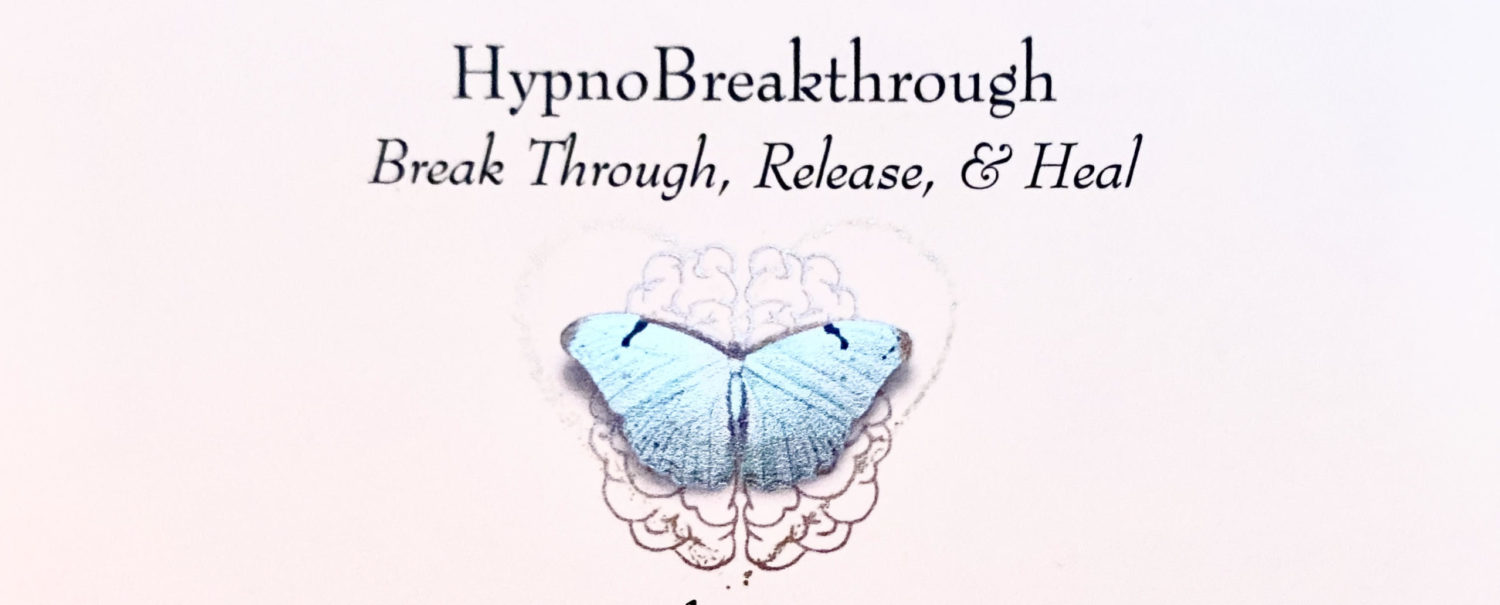Although Hypnotherapy may be seen as new-age, it really has long and varied roots. As mentioned in last week’s article “Why is there a stigma about hypnosis? Is Hypnotherapy safe?”, hypnosis has been utilized since at least the 1800’s and possibly even further back for treatments in mental and physical health; as well as other, more mystical events, under other names.

Mesmer
One such name is “Mesmerism”. Franz Mesmer in the nineteenth century had positive results with patients in trance. He believed he was ‘recharging’ his patients’ magnetic field with his own “animal magnetism”. His techniques included using a series of hand passes over the body, combined with ‘eye fixations’ where his subjects are directed to follow the hand passes.
What he was doing was a form of hypnosis, although he perceived it to be something within his own body being transferred. He was later accused of fraud.
The public believed he may have been using the occult, or working with spirits. He was somewhat eccentric, and would host events and shows with large groups that had less to do with any type of healing than with stage hypnosis or even spiritualism events.
However, later, surgeons would revisit some of Mesmer’s techniques for pain relief during surgery, including amputations. Hypnotherapy continues to be researched and used in some cases of surgery and medical treatments.
Braid
James Braid is known as the “Father of Hypnosis”. A surgeon in the 1800’s, Dr. Braid advanced Hypnosis in both science and medicine.
Braid had his subjects intently focus on mirrors or candle flames, and other shiny objects to exhaust the eyes for them to close, not into sleep, but trance. He mistakenly saw this as a form of sleep, where the subject was aware enough to leave the subconscious open to positive suggestions.
Finding great success, he wrote “Neurypnology”, meaning nervous sleep. The name he coined later evolved into ‘Hypnosis’, from the Greek God of sleep, Hypnos.
There is a fun fable of Hypnos, but basically it’s about an inner knowing deep within us that we would always be in search of, but may never find if it was hidden within us. This inner knowing, or light or wisdom, is of course, our subconscious.
Freud, Other Pioneers
There are many notable names to research in the history of Hypnotherapy. Just to name a few here, Pierre Janet, Clark L. Hull, Sigmund Freud.
Freud studied hypnosis, and dismissed it. He was more interested in free association techniques.
Another significant name is Emile Coué, who is known for utilizing, “Day by day in every way I am getting better and better.” as a suggestion one could use for self-hypnosis, or as an affirmation. He was one of the first to recognize and utilize imagination in hypnosis; also to note that the subject could participate in hypnosis.
Clark Hull is noted to have led the first large scale study of Hypnotherapy at the University of Wisconsin. One of his students was Milton Erikson.
Erikson
Considering modern-day concepts of Hypnosis, most think right away of Milton Erikson. He took a different approach, using conversational hypnosis, utilizing voice patterns in conversations with eyes remaining open.
Erikson understood that the importance of the outcome to the subject is what made the difference in how effective the hypnosis session was.
I believe this is basically saying you can’t help someone to feel better, who doesn’t want it for themselves.
Elman the Showman and Modern Times
Dave Elman is another notable name. He developed quick inductions with techniques similar to Mesmer. He could induce trance within seconds.
Elman was a noted American radio host, comedian and songwriter, more interested in furthering his stage act than entertaining any thoughts of therapy.
Elman eventually realized his stage tricks had the potential for a more therapeutic model, hence the name Hypno-therapy.
During the second world war, Hypnosis was used on a wide scale for psychological and mental trauma.
Research of techniques, training for and schools of hypnotherapy have been widespread since that time.
Certification boards have developed to regulate the instruction of, and training in, hypnotherapy. These entities seek to move public perception from the stigma of stage hypnosis and mystical mind control, into a mental health tool and modality complementary to medical treatments.
There is much more to the story of hypnotherapy! It is so fascinating, there is such a rabbit hole of information to jump into. This article is just a basic rundown, by no means more than just scratching the surface.
Hypnotherapy is such an amazing and powerful tool for a holistic, deep healing that the potential is endless. New studies and research are ongoing.
I’m proud to be here to offer hypnotherapy to virtually anyone anywhere.
Please check the other pages here on the website for more information and as always feel free to contact me with any questions, your thoughts on this article or of course to schedule your free phone consultation. Pamlea CHt Pamela@HypnoBreakthrough.com
Photo credits:
V0011094EB A Mesmerist using Animal Magnetism on a female patient
Credit: Wellcome Library, London. Wellcome Images images@wellcome.ac.uk http://wellcomeimages.org A Mesmerist using Animal Magnetism on a woman who responds with convulsions . Wood engraving. Mesmer, Franz Anton 1734-1815. Wood engraving c.1845 Published: -Copyrighted work available under Creative Commons Attribution only licence CC BY 4.0 http://creativecommons.org/licenses/by/4.0/

Recent Comments